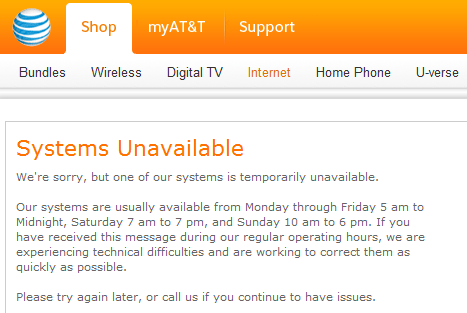Hey, everyone! In the past two weeks, I’ve had a heck of a time fixing my first hacked blog. Ugh.
For those of you who blog, here’s how I fixed it. For those of you who don’t, just know that it wasn’t a quick fix to get back up and running. :-) And if you’ve run into something similar, this great article was very helpful in getting me up and running again.
The first week I was unable to log into the back end of my WordPress install (wp-admin). I would get a blank screen, which I found out is commonly called the White Screen of Death. It was incredibly frustrating, although the blog posts and pages displayed fine (some spammy looking content was inserted, but otherwise nothing was changed that I could tell).
Finally I was able to leap that hurdle. I re-uploaded the WP-Includes and WP-Admin folders from a clean WordPress installation file to my directory via FTP. That overwrote the issue and allowed me to log into the back end of my site. However, the posts and pages no longer worked. It was incredibly frustrating!
So, I resigned myself to creating a new database, exporting my WordPress file, and importing it into the new, fresh database. However, when I went to import the file into the new database, all of my posts were gone! I freaked out, honestly, because I had over 700 posts in published, private, or draft format. Scary stuff. So I went to my phpAdmin panel and logged in. There I could see within the mySQL database that the posts still existed, so that was a relief, but I couldn’t figure out how to get them out of there, and I’m no database expert.
So I talked with my best geeky friend about it and we started looking at options. We talked through the problems, and it didn’t seem to make any sense as to what the issue really was. While we were talking, he published a post as a test, and that somehow fixed the issues I’d been having!
Bottom line
I’m now back up and running and looking forward to talking about some of the great things that happened in the past few weeks, including a trip to Virginia for the Snagajob Hire Minds Summit (awesome!), a trip to Vegas for HRevolution (if you weren’t there, you missed out big time), and a day at the HR Technology Conference and Expo (Just… Wow.) to name a few.
 Think offering competitive pay to candidates is a winning strategy? Think again. Sure, it might get someone in the door, but it won’t keep them for long if you don’t have a work environment that appeals to them on some level (more on what motivates employees from Daniel Pink).
Think offering competitive pay to candidates is a winning strategy? Think again. Sure, it might get someone in the door, but it won’t keep them for long if you don’t have a work environment that appeals to them on some level (more on what motivates employees from Daniel Pink).



